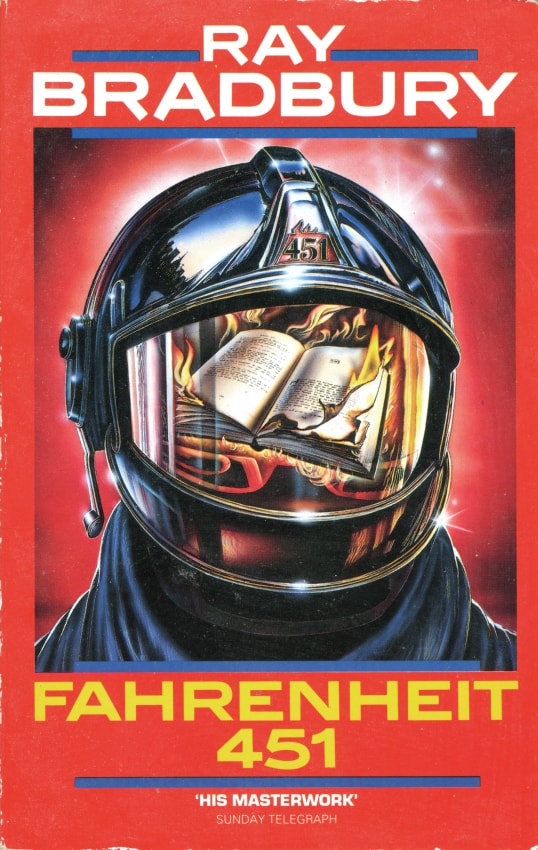When people want to evaluate problems facing society, they often reference predictions made in great dystopian literature. Whether it be the surveillance-state of George Orwell’s 1984 or the society controlled by pleasure in Aldous Huxly’s Brave New World.
Ray Bradbury’s science-fiction novel Fahrenheit 451 is often left out of these discussions even though aspects of our contemporary culture share many similarities to this author’s vision of the future.
Fahrenheit 451, first published in 1953 during a period of heightened social tension caused by the Cold War, told the story of a future in which firemen go to homes and start fires to burn books that have been banned by the state.
Although society is far from reaching such extremes, it is revealed to the novel’s protagonist, fireman Guy Montag, that certain books weren’t banned for any political reason but because people’s preference for new technological forms of media made reading and critical thinking obsolete.
Certainly one can draw parallels between living in the media-driven “Information Age” where binge-watching Netflix is socially acceptable and the desires of Montag’s wife Mildred. She is a character obsessed with endlessly watching shows in her parlour that consists of three wall-sized interactive televisions that make up almost the entirety of the room.
While worldwide media consumption continues to rise and is rapidly evolving with internet streaming and social- media, actually creating a room of wall televisions is closer than ever before. Recently, Samsung announced its new microLED television literally named “The Wall” featuring a ginormous 292-inch screen size.
But wall-sized televisions are not Mildred’s only way of consuming media. She also tunes out the world by plugging her ears with thimble sized radios which Montag describes as “little seashells.” Since Apple released AirPods in 2016, wireless earbuds have grown to such degrees of popularity that they are now a regular sight and a perfect symbol of our media driven lives.

Following its publication, Bradbury described Fahrenheit 451 as “writing a story of prediction,” and it is impressive how well he understood in what direction society was headed over the next seven decades. Whether he believed it or not, today’s streets are filled with human beings with “seashell thimble-radios” whispering in their ears.
Perhaps one of the most imaginative predictions Bradbury made was the increased role that robotics would have in our lives. The book includes a memorable “mechanical hound” that the firemen use mostly for entertainment but also to hunt down Montag once he challenges the status quo and begins reading books.
Although machines being used by emergency workers in the field might seem far fetched, it is a future that we are already living in. Last fall, American robotics company Boston Dynamics began selling the first-generation of its semi-autonomous robot dog named Spot.
Spot is capable of climbing stairs, avoiding obstacles and can even wander around a room like a Roomba while surveying and creating a 3D map of that space. A robotic arm can be attached to it for manipulating objects to complete tasks like opening doors and grabbing items.
Like the mechanical hound used by the firemen in Fahrenheit 451, Spot was leased to the Massachusetts State Police Department by Boston Dynamics for 90 days to test the robots’ capabilities in the field. Remote controlled robots can be deployed in situations where bombs or dangerous individuals are suspected to protect human lives.
Dystopian literature is made great when it matures like a fine wine, aging into a relevant reference point for reflecting on the present issues facing our society and outlining a future we could be headed towards.
While Bradbury’s predictions were hardly prophetic, and we certainly do not live in a world where books are burned such as in Fahrenheit 451, the novel’s ideas are relevant to our technologically driven and media-saturated world. And since the book ends in nuclear warfare, maybe it’s best if not all of Bradbury’s predictions come true.
—
Noah Callaghan/ Staff Writer
Photo: Flickr | RA.AZ